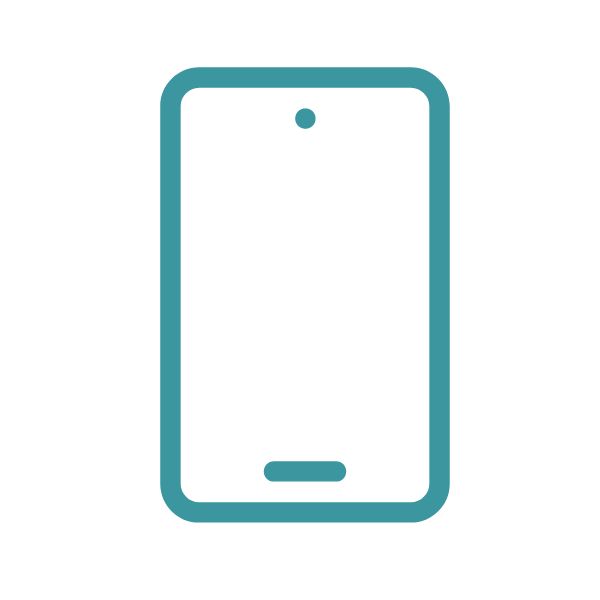Engineered for Impact: Exploring the Right Glass for the Job
When specifying a cover lens for industrial, medical or transportation applications, material selection is critical. Two common choices—soda-lime glass and aluminosilicate glass—offer very different performance characteristics. Here’s a practical breakdown to help design engineers choose the right option based on performance, processing, and end-use environment.
Soda-Lime Glass (Float Glass) The cost-effective all-rounder Soda-lime is the industry standard for a reason—it's affordable, easy to work with, and suitable for a wide range of applications.
Key Benefits:
- Highly Cost-Efficient – Ideal when budget constraints matter. Its widespread use makes it the most economical choice.
- Good Optical Clarity – Over 90% light transmission in the 450–700nm range.
- Flexible Processing – Easy to cut, drill, and shape into custom designs.
- Coating Compatible – Widely available with AR (anti-reflective), AG (anti-glare), and AF (anti-fingerprint) coatings.
Limitations:
- Lower Durability – Prone to breakage without toughening or lamination.
- Thermal Sensitivity – Not ideal for environments with rapid temperature changes or thermal shock.
- Lower Chemical Resistance – Susceptible to corrosion in chemically aggressive environments.
Typical Applications:
- Ticketing kiosks & transportation user interfaces
- Industrial HMI panels
- Custom printed lens covers General-purpose display protection
Aluminosilicate Glass
- The go-to for strength and performance
- Used in smartphones, military tech, and medical displays, aluminosilicate glass is built for environments where failure is not an option.
Key Benefits:
- High Impact Resistance – Excellent strength-to-thickness ratio.
- Ideal for high-risk environments.
- Superior Thermal Resistance – Stands up to extreme heat better than soda-lime.
- Excellent Chemical Durability – Handles acids and alkalis far better over time.
- Premium Optical Performance – Preferred for displays where colour accuracy and clarity are mission-critical.
Trade-offs:
- Higher Cost – Premium material means a higher price point.
- Complex Processing – Requires specialised tooling and techniques.
- Limited Coating Options – Coatings may need to be factory-applied or sourced from specific suppliers.
Where It Excels:
- Laboratory and chemical processing equipment
- High-end AV or audiophile systems
- Defence and aerospace systems (e.g., driver vision, radar shielding)
- Medical devices with high-resolution displays (e.g., 4K surgical monitors)
Suggestions:
If your application is cost-sensitive and not exposed to extreme conditions, soda-lime glass is a solid, practical choice. But when durability, resistance, and performance are non-negotiable, aluminosilicate offers the strength and reliability engineers can count on—especially in mission-critical or harsh environments.
Need help specifying the right glass for your next project? We’re happy to help.




















